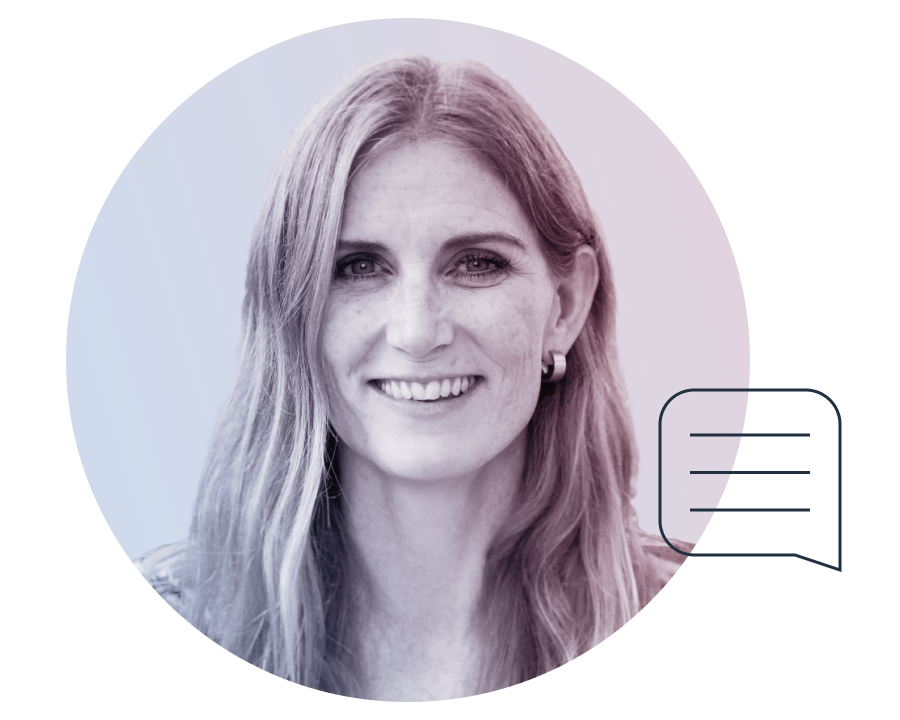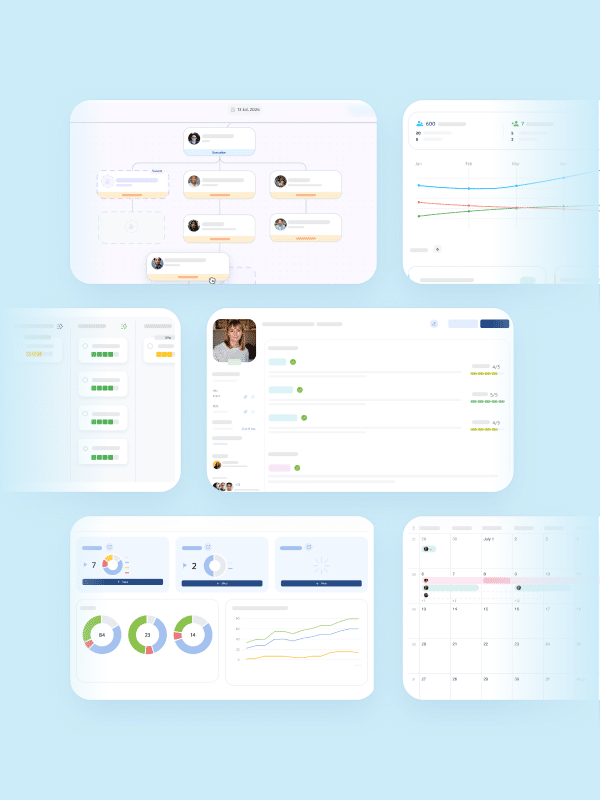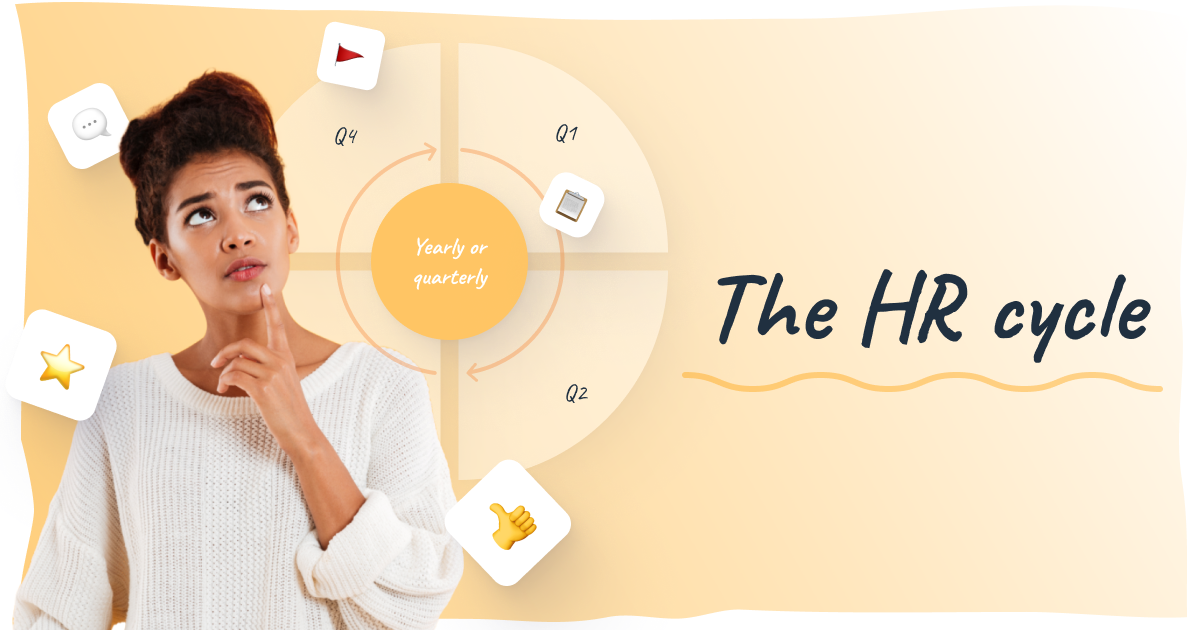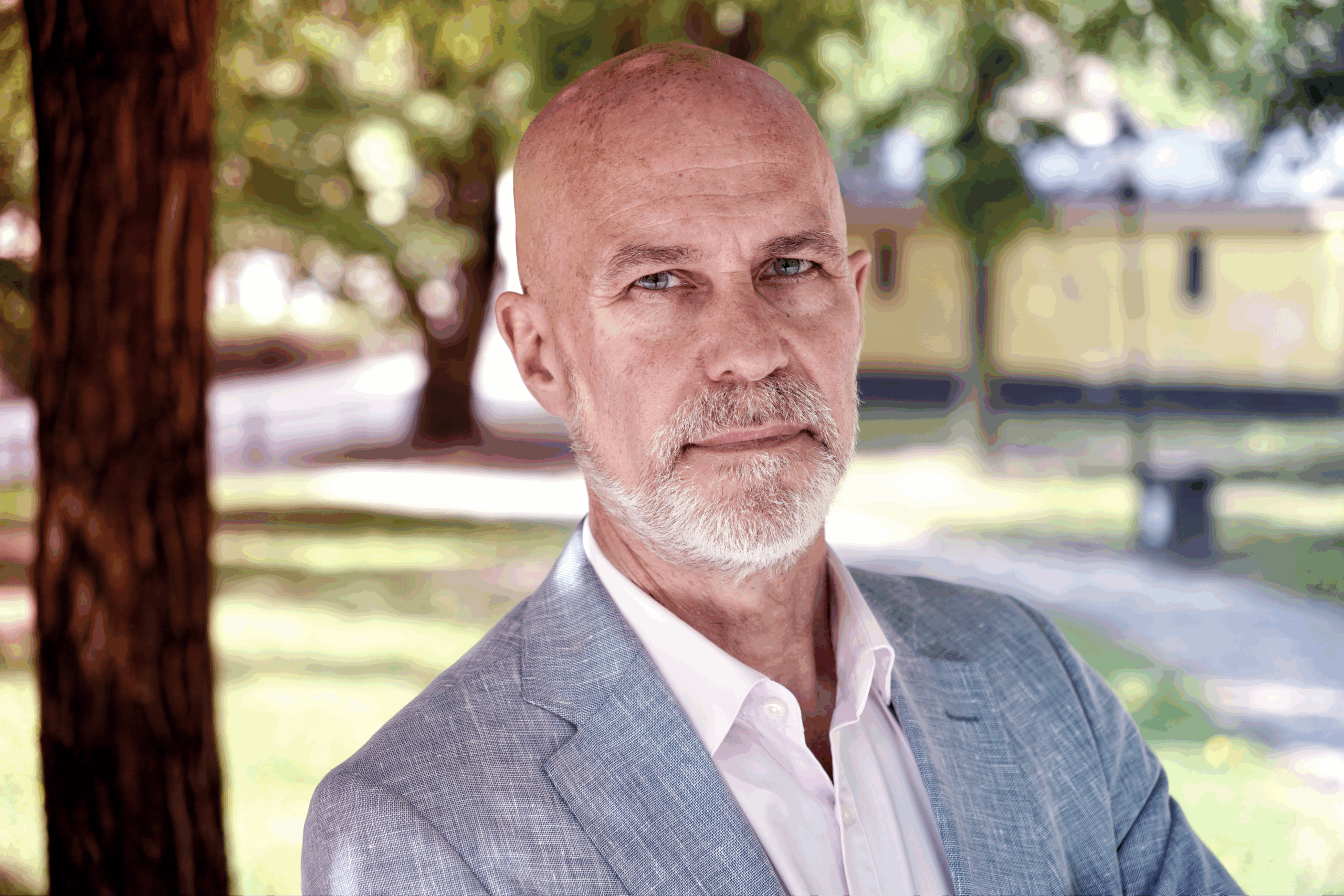The purpose of the annual cycle is to support the annually recurring processes such as employee interviews, holidays, employee surveys, salary audits, development and skills initiatives, and more. In order for the HR cycle to be as efficient as possible, the processes are integrated with the overall business strategy, which is then translated into the HR strategy.
Table of the contents:
What is included in the HR cycle?
The HR cycle thus integrates business strategy, HR strategy, organizational culture, tasks, role distribution, team design, HR planning, and recruitment planning. In other words, successful implementation of the HR strategy means the promotion of the business goals.
But what is included in the HR cycle? And how do you design and implement the processes?
A good way to divide the HR cycle is after the four quarters. It then becomes more clear and easier with the planning. During the first quarter, it can be a matter of planning how the holiday will be arranged. planning for the second quarter advantageously includes salary mapping and salary revision in order to draw attention to salary differences and set new goals for the coming year. Now is also a high time for the wage talks to take place.
The third quarter includes planning for the autumn activities and ensuring that staff takes their holidays. The employee interviews must be carried out and therefore the time planning is of great importance here so that they can be carried out according to plan. In this work, it is important to support the management prior to implementation. Quarter four ends the year through a follow-up of the employee goals and planning of the upcoming competence initiatives. Here, the overall budget for the coming year is also worked out and HR sets goals.

Reflections from an HR expert
The HR cycle is still a very simple and clear way to plan the year from an HR’s perspective. However, today we tend to talk more often about the Employee Journey and how HR can secure a great employee experience in the best way possible – which forms the base for planning.
Three concrete steps to prepare the HR cycle
Here’s how to prepare and design the contents of the HR cycle:
- 1. Start by preparing the annual cycle Reviewing the planning for the year and preparing for the annual cycle is the first step. Feel free to divide the planning according to the four quarters of the year. Business goals and previous annual goals are followed up. The preparation of the annual HR plan for the coming years is carried out. The information collected from various personnel processes is included in the basis for planning, such as the state of organizational well-being, overall and individual competence needs, general and individual performance situations, and so on. In addition to the content and implementation of the various processes, it is important to set aside time and review relevant tools in order to be able to realize them. Also review staff statistics in terms of recruitment, staff turnover, time accounting, and skills development, and follow-up.
- 2. Conduct an employee survey to get a current idea of any challenges in the company’s management strategies and routines. In this way, you get an understanding of employee engagement and how well the organizational culture supports the various processes. An employee survey is an effective method for follow-up but can be very time-consuming, which is why continuous heart rate surveys can be an alternative to several employee surveys during the calendar year. In this way, most opportunities are given for follow-up, but also time to establish and implement relevant action plans.
- 3. Once the basics are in place, you can begin to distribute the processes that support the business’s goals and needs. Ensure ongoing evaluations of development goals and other current goals. In order to maintain high efficiency and high commitment, it is often a good idea to update both goals and personal development activities continuously during the year. Establish a process for competence development and the various development processes in general.
When the next annual cycle is to be planned, new needs may have arisen that need to be met. By preparing and designing as the needs and ambitions change, an annual cycle is created that is always updated and relevant.

Browse our webinar library!
We have a number of webinars about different HR related topics available to watch whenever you want.
In conclusion
It is important to remember that each organization has its own specific details regarding the year cycles, so there is no one-fits-all. But it is therefore important to take into account your own processes and your own planning. The HR cycle integrates organizational culture, people and systems, and technical and financial resources in order to achieve the organization’s goals.
The different parts of the annual cycle make it possible for both management and employees to achieve the set business goals. Once the content of the year cycle is in place, it can be effectively digitized and integrated with Heartpace. By integrating the year cycle digitally, the quality of your data is improved and saves you valuable time that HR in turn can spend on other tasks that help to develop the organization and make it a better workplace.
You are always welcome to contact us at Heartpace if you have any questions!

Do you want to see more?
Book a demo here to see Heartpace HR system
Explore more posts
Want to keep updated?
Subscribe to our blog posts, news and webinars here. We promise that we won’t overwhelm you with emails, nor will we never ever give your email address to anyone else!








